Home>Gardening & Outdoor>Landscaping Ideas>How To Plant Grass Seeds On Dirt
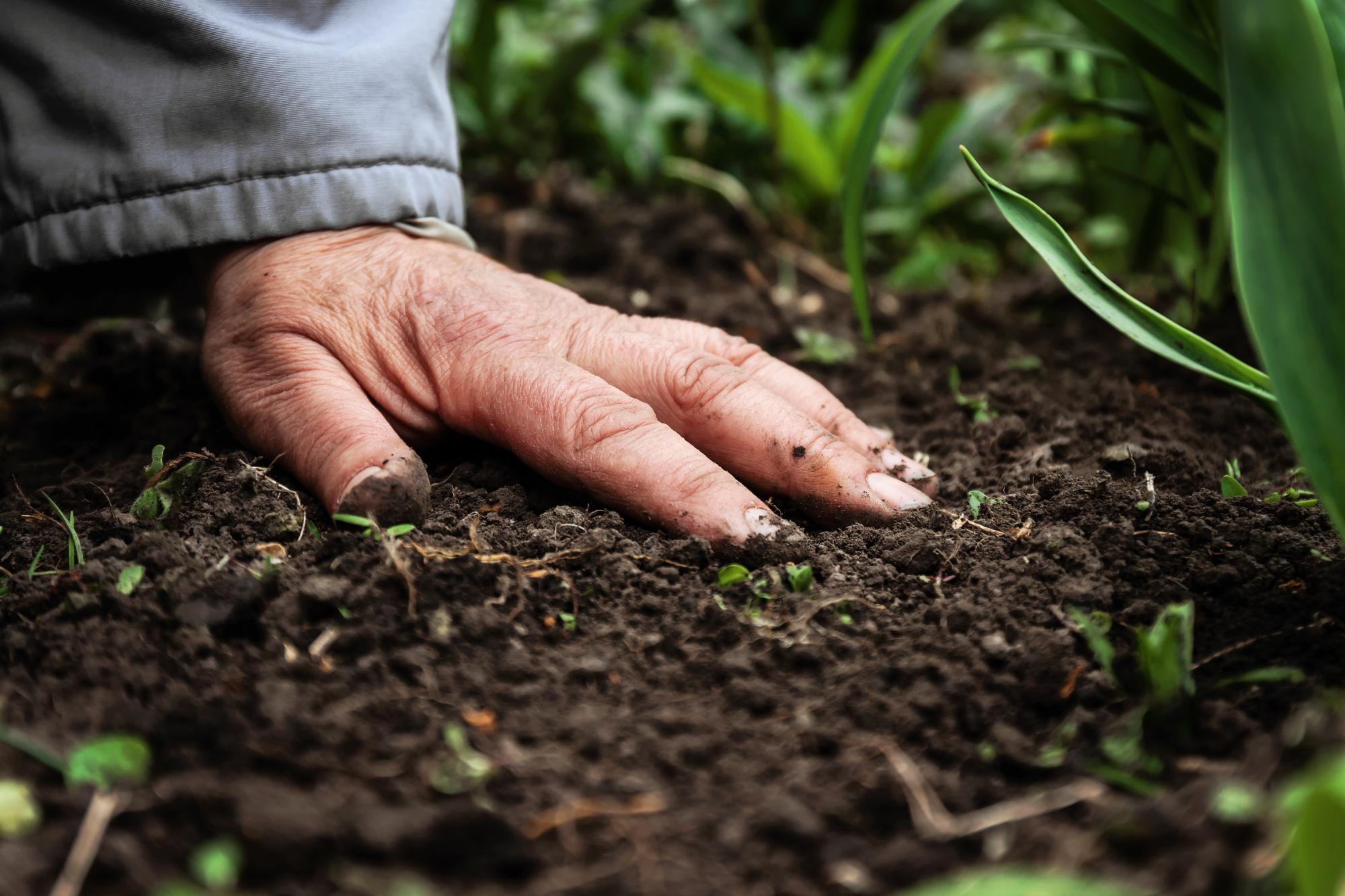

Landscaping Ideas
How To Plant Grass Seeds On Dirt
Published: January 28, 2024
Learn effective landscaping ideas for planting grass seeds on dirt. Get step-by-step guidance for a lush and healthy lawn. Start your landscaping project today!
(Many of the links in this article redirect to a specific reviewed product. Your purchase of these products through affiliate links helps to generate commission for Storables.com, at no extra cost. Learn more)
Introduction
Welcome to the world of landscaping, where the canvas is the earth and the paintbrush is your creativity. Planting grass seeds on dirt is a wonderful way to breathe new life into your outdoor space, whether you’re aiming to create a lush, green lawn or enhance the natural beauty of your surroundings. In this comprehensive guide, we’ll walk through the step-by-step process of planting grass seeds on dirt, from soil preparation to maintenance, equipping you with the knowledge and confidence to embark on this fulfilling journey.
Whether you’re a seasoned gardening enthusiast or a novice with a passion for nature, this guide will provide valuable insights and practical tips to help you achieve successful results. So, roll up your sleeves, grab your gardening tools, and let’s dive into the art of planting grass seeds on dirt!
Key Takeaways:
- Prepare the soil by clearing debris, testing soil, adding organic matter, and leveling for successful grass seed growth.
- Choose the right grass seeds based on climate, intended use, shade tolerance, and soil compatibility for a thriving lawn or landscape.
Read more: How To Level Dirt For Grass
Step 1: Prepare the Soil
Before planting grass seeds, it’s crucial to prepare the soil to create an optimal environment for germination and growth. Here’s how to get started:
- Clear the Area: Begin by clearing the area of any debris, rocks, or existing vegetation. Use a rake to remove any surface-level obstructions and create a clean, even surface for planting.
- Soil Testing: Consider conducting a soil test to assess its pH level and nutrient composition. This information will guide you in selecting the appropriate amendments to enhance the soil’s fertility and balance.
- Aeration: Use a garden fork or a specialized aerating tool to perforate the soil, allowing air, water, and nutrients to penetrate deeply. This process promotes root development and overall soil health.
- Adding Organic Matter: Incorporate organic matter such as compost or well-rotted manure into the soil to improve its structure and fertility. This step enhances moisture retention and provides essential nutrients for the grass seeds.
- Leveling and Compacting: Use a rake to level the soil, ensuring a uniform surface for planting. Lightly compact the soil with a roller to create good seed-to-soil contact, facilitating germination.
By meticulously preparing the soil, you set the stage for successful grass seed germination and robust growth. The next step is to choose the right grass seeds for your specific needs and environmental conditions.
Step 2: Choose the Right Grass Seeds
When it comes to selecting grass seeds for your lawn or landscape, several factors should influence your decision. Consider the following guidelines to choose the most suitable grass seeds for your specific requirements:
- Climate Considerations: Determine the climate zone in which you reside and select grass seeds that are well-suited to the local climate. Cool-season grasses thrive in northern regions, while warm-season varieties are better suited to southern climates.
- Grass Type: Evaluate the different types of grasses available, such as Kentucky bluegrass, fescue, ryegrass, and Bermuda grass, among others. Each type has unique characteristics regarding appearance, growth habits, and maintenance requirements.
- Intended Use: Consider how the lawn or landscape will be used. Will it primarily serve as a play area for children and pets, or is it more for ornamental purposes? Different grass species offer varying levels of durability and aesthetic appeal.
- Shade Tolerance: Assess the amount of sunlight the planting area receives throughout the day. If the site is shaded for a significant portion of the day, opt for grass seeds that are specifically formulated for shade tolerance.
- Soil Compatibility: Take into account the soil type and quality of the planting area. Some grass species are better adapted to sandy soils, while others excel in clay-based soils. Select seeds that are compatible with the soil conditions.
By carefully considering these factors, you can make an informed decision when choosing the right grass seeds for your landscaping project. Once you’ve selected the ideal seeds, it’s time to move on to the next step: planting the seeds in the prepared soil.
Water the dirt before planting the grass seeds to ensure the soil is moist. Spread the seeds evenly over the area and lightly rake them into the soil. Keep the soil consistently moist until the grass is established.
Step 3: Planting the Seeds
Now that you’ve prepared the soil and chosen the appropriate grass seeds, it’s time to proceed with the planting process. Follow these steps to ensure successful seed establishment and healthy growth:
- Even Seed Distribution: Use a seed spreader or broadcast the seeds by hand to achieve an even distribution across the planting area. This ensures consistent coverage and reduces the likelihood of patchy growth.
- Optimal Seeding Depth: Consult the seed packaging or relevant resources to determine the recommended seeding depth for the selected grass species. In general, most grass seeds should be sown at a depth of around ¼ to ½ inch.
- Seed-to-Soil Contact: After spreading the seeds, gently rake the soil to lightly cover the seeds and ensure good contact with the soil. This promotes moisture retention and aids in the germination process.
- Pressing or Rolling: In some cases, lightly pressing or rolling the seeded area can further enhance seed-to-soil contact. However, exercise caution to avoid burying the seeds too deeply.
- Protective Mulch: Consider applying a thin layer of mulch, such as straw or erosion control blankets, to help retain moisture and protect the seeds from birds and other potential disturbances.
- Watering: Thoroughly water the seeded area immediately after planting to initiate the germination process. Keep the soil consistently moist but not waterlogged during the germination and early growth stages.
By following these steps, you can ensure that the grass seeds are properly planted and positioned for successful germination. The next crucial phase involves diligent watering and ongoing maintenance to support the growth of the newly planted seeds.
Step 4: Watering and Maintenance
After planting the grass seeds, proper watering and ongoing maintenance are essential to foster healthy growth and establish a vibrant lawn or landscape. Here are the key considerations for watering and maintaining newly planted grass seeds:
- Initial Watering: Immediately after planting, thoroughly water the seeded area to ensure that the soil is adequately moist. This initial watering is crucial for initiating the germination process.
- Consistent Moisture: Maintain consistent moisture in the soil by watering the seeded area lightly once or twice daily, especially during dry or hot periods. Avoid overwatering, as excessive moisture can impede seed germination and promote fungal issues.
- Seedling Care: As the grass seeds germinate and seedlings emerge, continue to provide consistent moisture and ensure that the young plants are not subjected to drought stress. Gradually reduce watering frequency as the seedlings establish themselves.
- Mowing Guidelines: Once the grass reaches a height of 3 to 4 inches, consider mowing it for the first time. Set the mower at a higher setting to avoid stressing the young grass and gradually lower the cutting height over subsequent mowing sessions.
- Fertilization: After the grass has been mowed a few times and is well established, consider applying a balanced fertilizer to provide essential nutrients for healthy growth. Follow the recommended application rates and timing based on the specific grass species.
- Weed Control: Monitor the seeded area for weed growth and address any emerging weeds promptly. Avoid using herbicides until the new grass has been mowed at least three times to prevent potential damage to the young plants.
By adhering to these watering and maintenance guidelines, you can nurture the newly planted grass seeds and facilitate their transformation into a lush, thriving lawn or landscape. Consistent care and attention in the early stages will yield long-term rewards in the form of a beautiful and resilient grassy expanse.
Read more: How To Install Turf On Dirt
Conclusion
Congratulations on completing the journey of planting grass seeds on dirt! By following the steps outlined in this guide, you’ve taken the first crucial steps toward establishing a vibrant and healthy lawn or landscape. As you reflect on your efforts, it’s important to recognize the transformative power of nurturing nature’s potential and witnessing the gradual emergence of new life.
From meticulously preparing the soil to selecting the right grass seeds and tending to their growth, you’ve embraced the role of a steward of the land, fostering the creation of a green oasis that harmonizes with its surroundings. Your dedication to this process is a testament to your commitment to enhancing the natural beauty of your outdoor space and creating a welcoming environment for leisure, recreation, and relaxation.
As the newly planted grass seeds begin to germinate and flourish, remember that your role as a caretaker continues through consistent watering, vigilant maintenance, and thoughtful consideration of the evolving landscape. Embrace the joy of observing the gradual transformation of the seeded area into a verdant tapestry, teeming with life and vitality.
Whether you’re creating a play area for children, a picturesque setting for outdoor gatherings, or simply a serene retreat for contemplation, the lush expanse of grass that emerges from your efforts will serve as a testament to your dedication and vision. As the seasons unfold, the landscape will evolve, offering a dynamic canvas for leisure and enjoyment.
By embarking on this journey, you’ve not only enriched your outdoor space but also cultivated a deeper connection with the natural world, gaining insights into the rhythms of growth, the resilience of plant life, and the gratifying rewards of nurturing a living landscape. As you savor the fruits of your labor, may the lush greenery that envelops your surroundings serve as a reminder of the transformative potential inherent in the act of planting grass seeds on dirt.
So, take pride in your accomplishments, revel in the beauty of your burgeoning landscape, and continue to infuse your outdoor space with the care and attention it deserves. Your commitment to this process has not only yielded a splendid green carpet but has also sown the seeds of a deeper connection with nature and the enduring allure of the great outdoors.
Frequently Asked Questions about How To Plant Grass Seeds On Dirt
Was this page helpful?
At Storables.com, we guarantee accurate and reliable information. Our content, validated by Expert Board Contributors, is crafted following stringent Editorial Policies. We're committed to providing you with well-researched, expert-backed insights for all your informational needs.
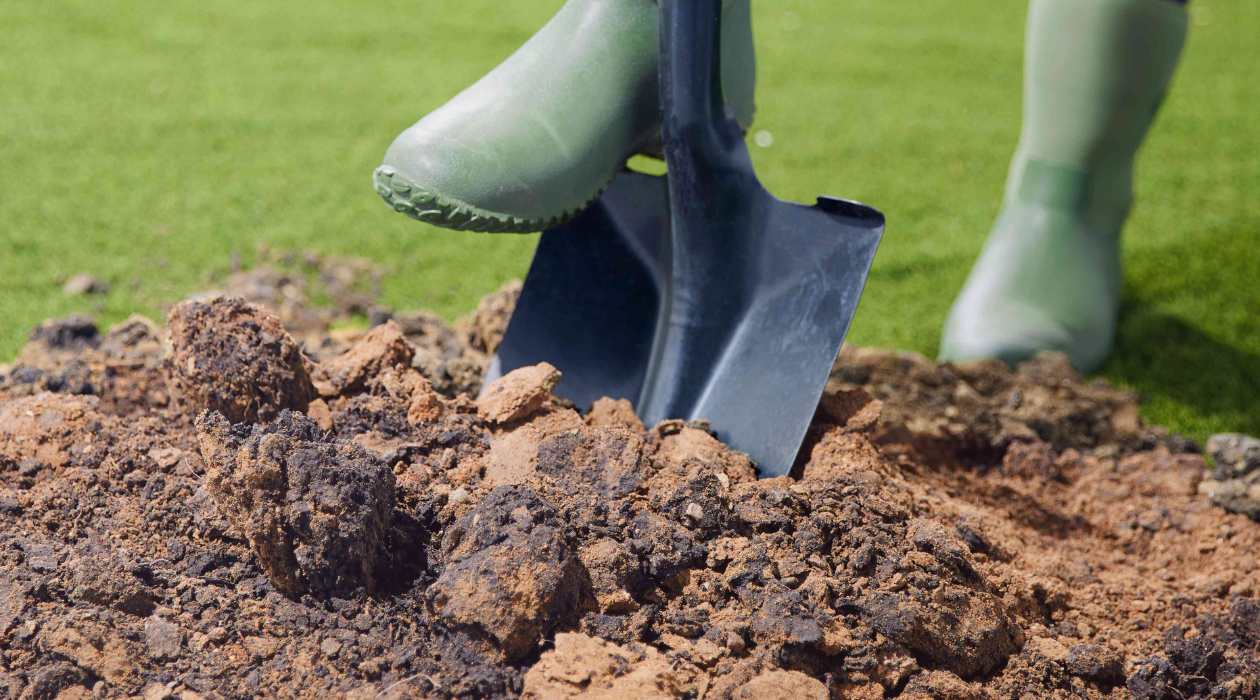
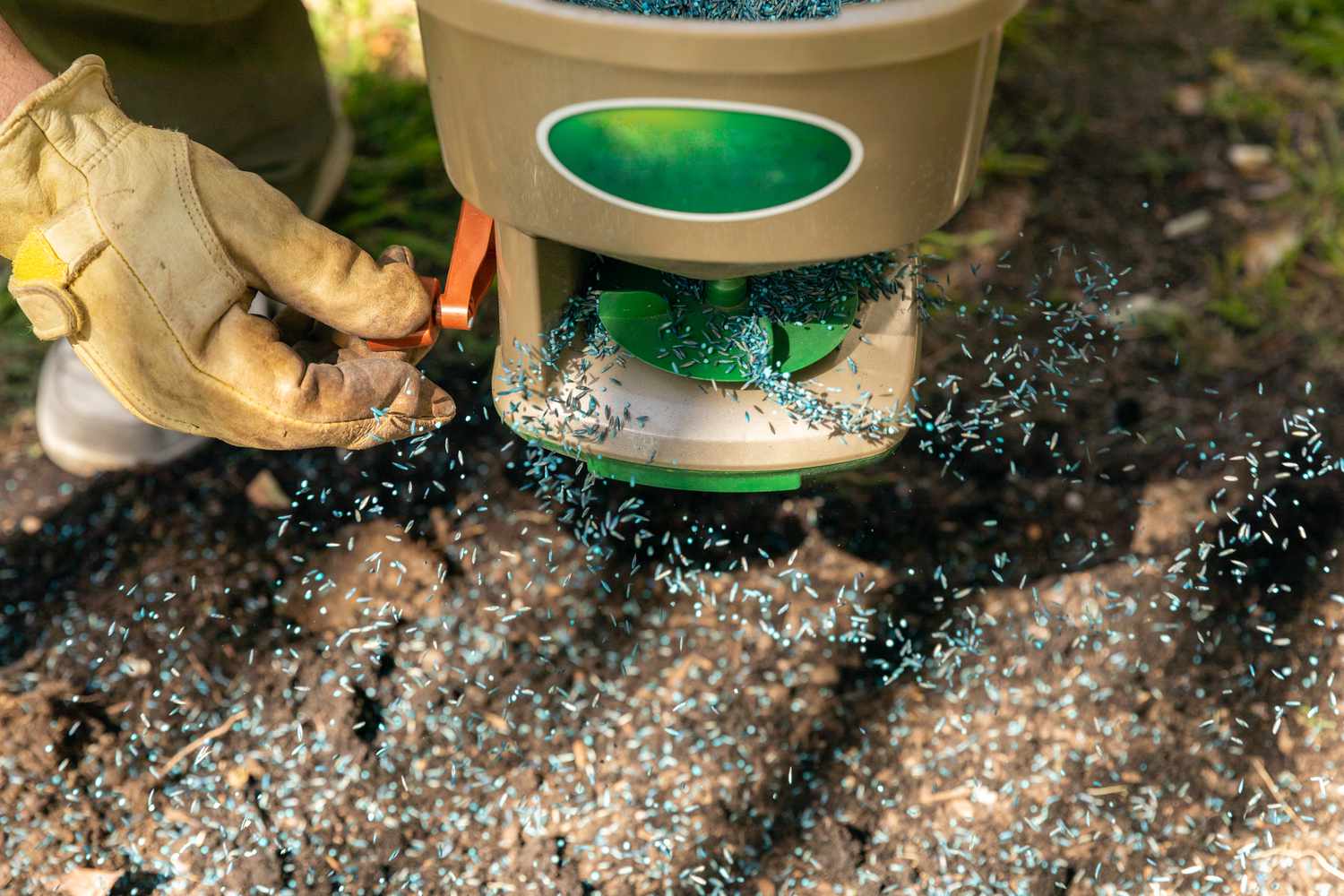
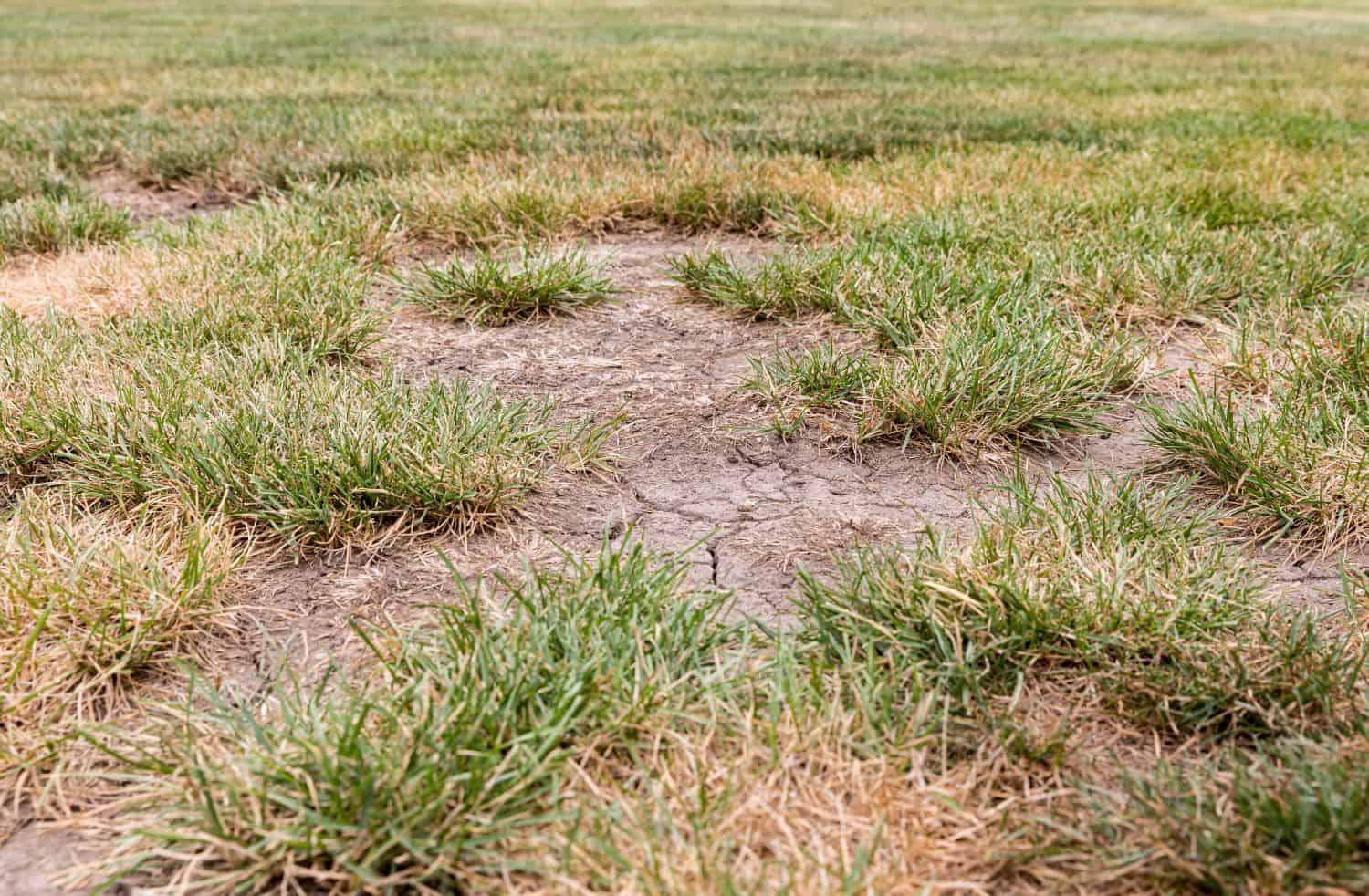
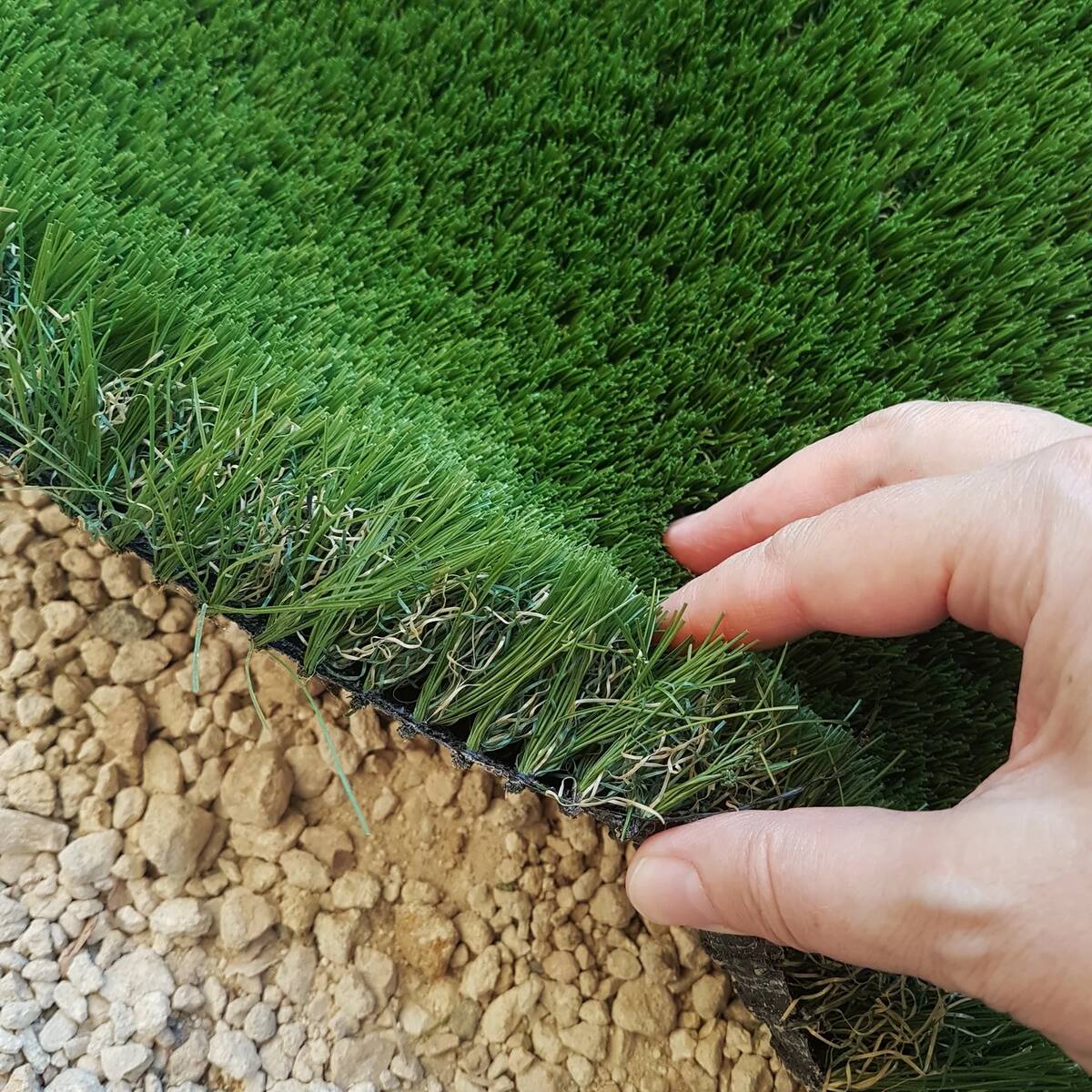
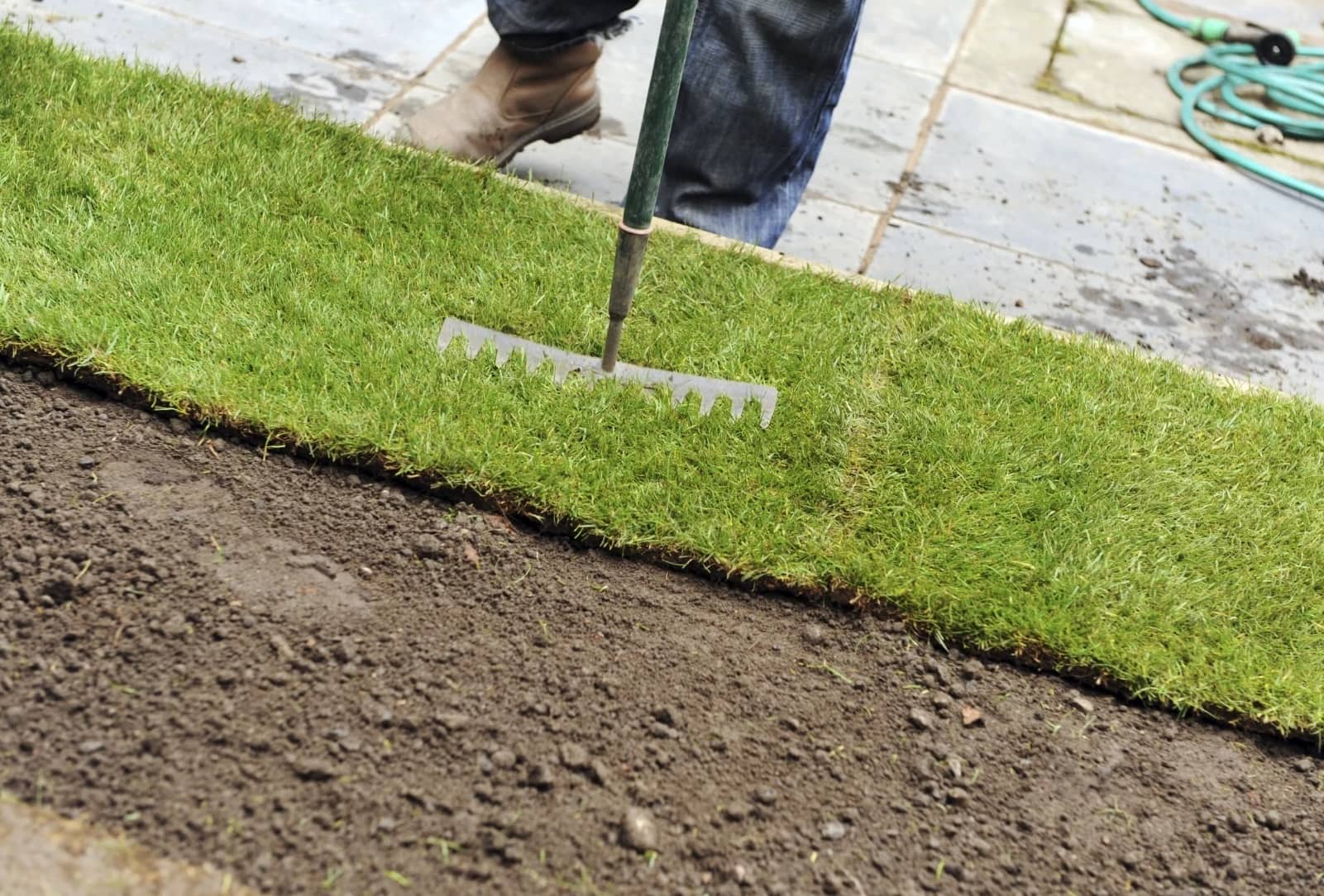
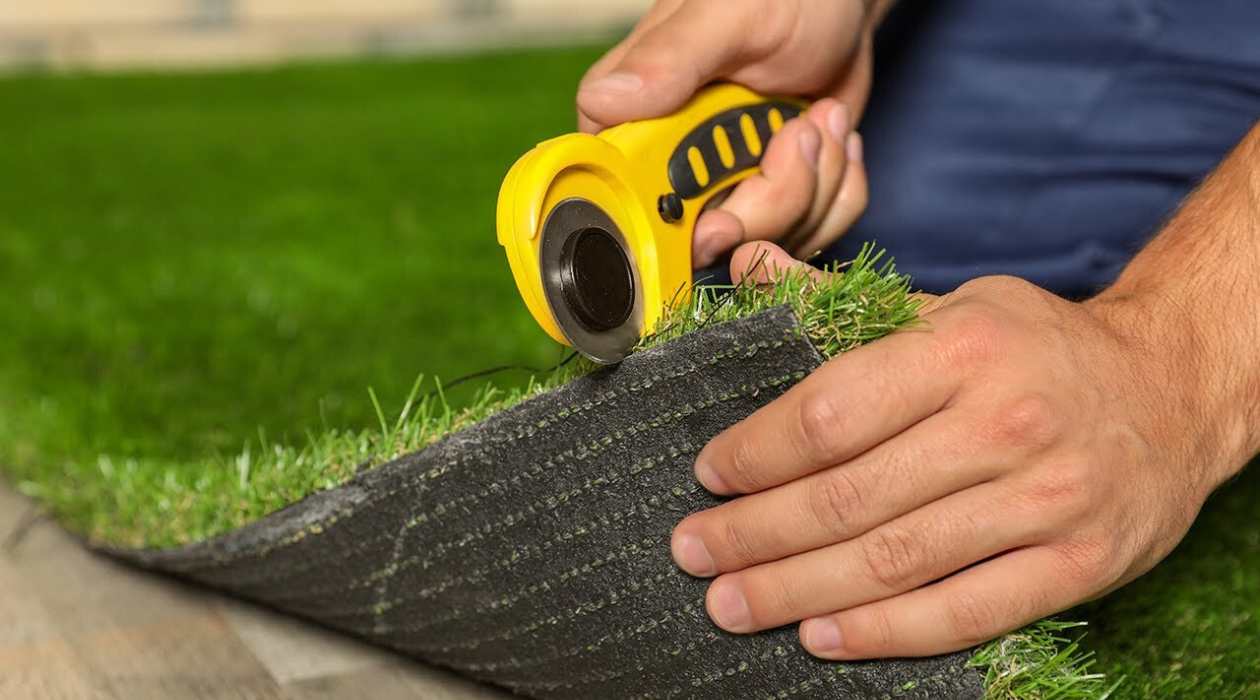
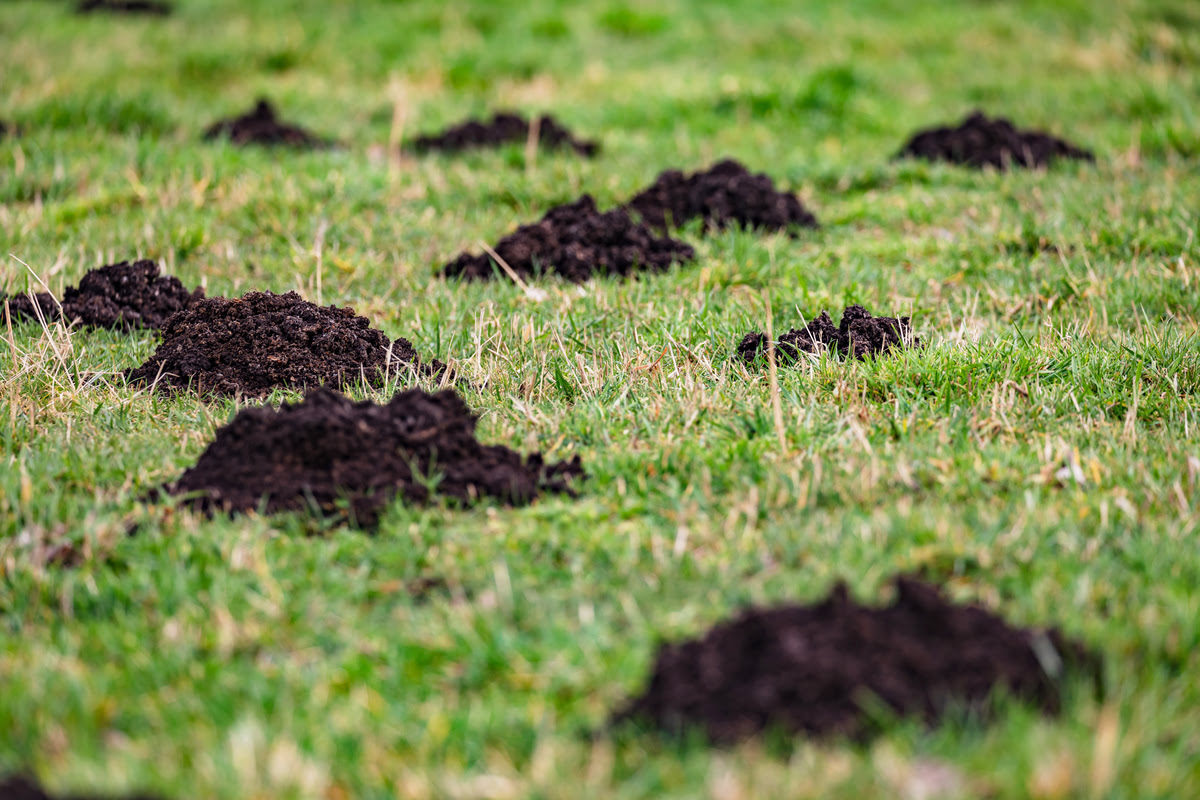
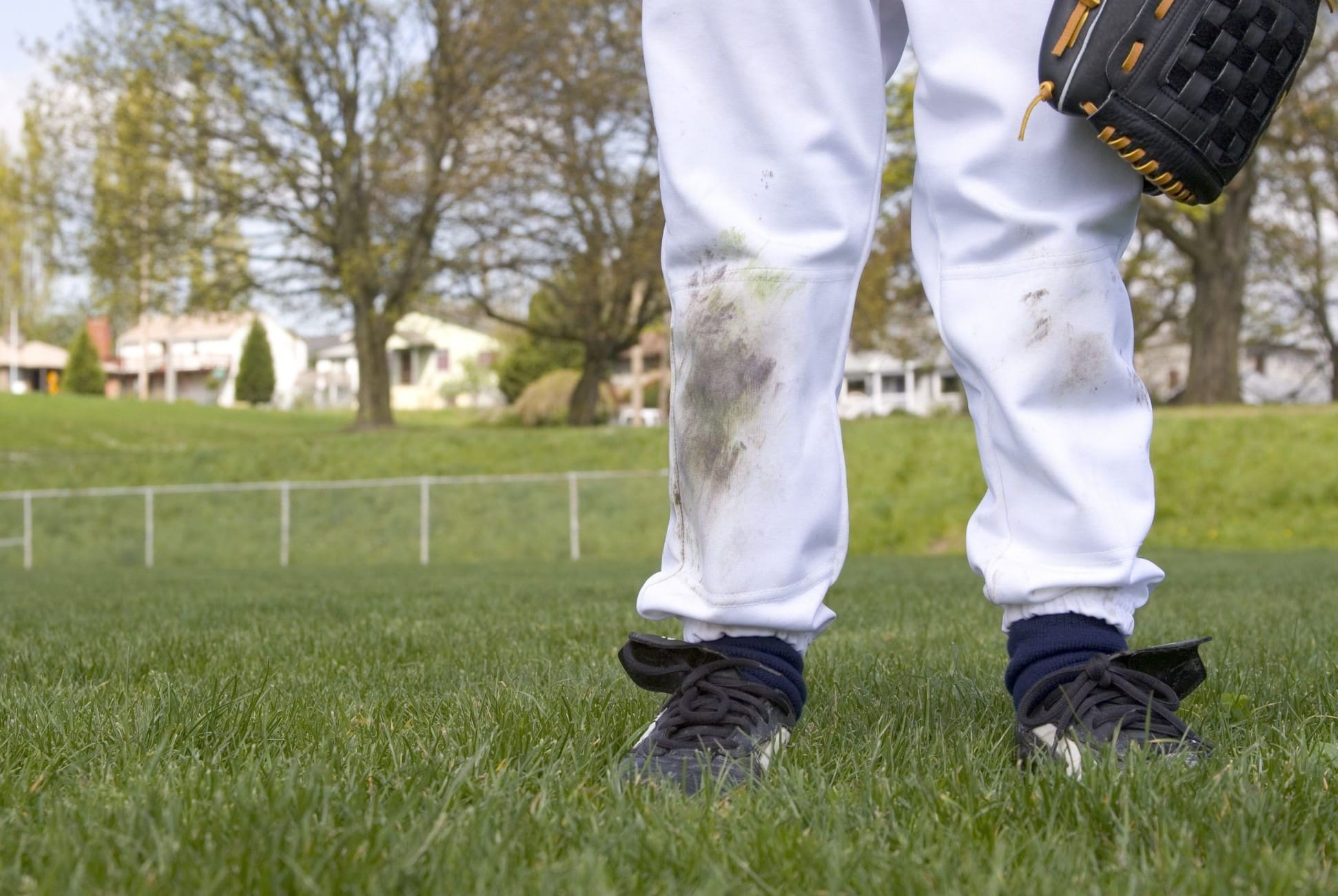



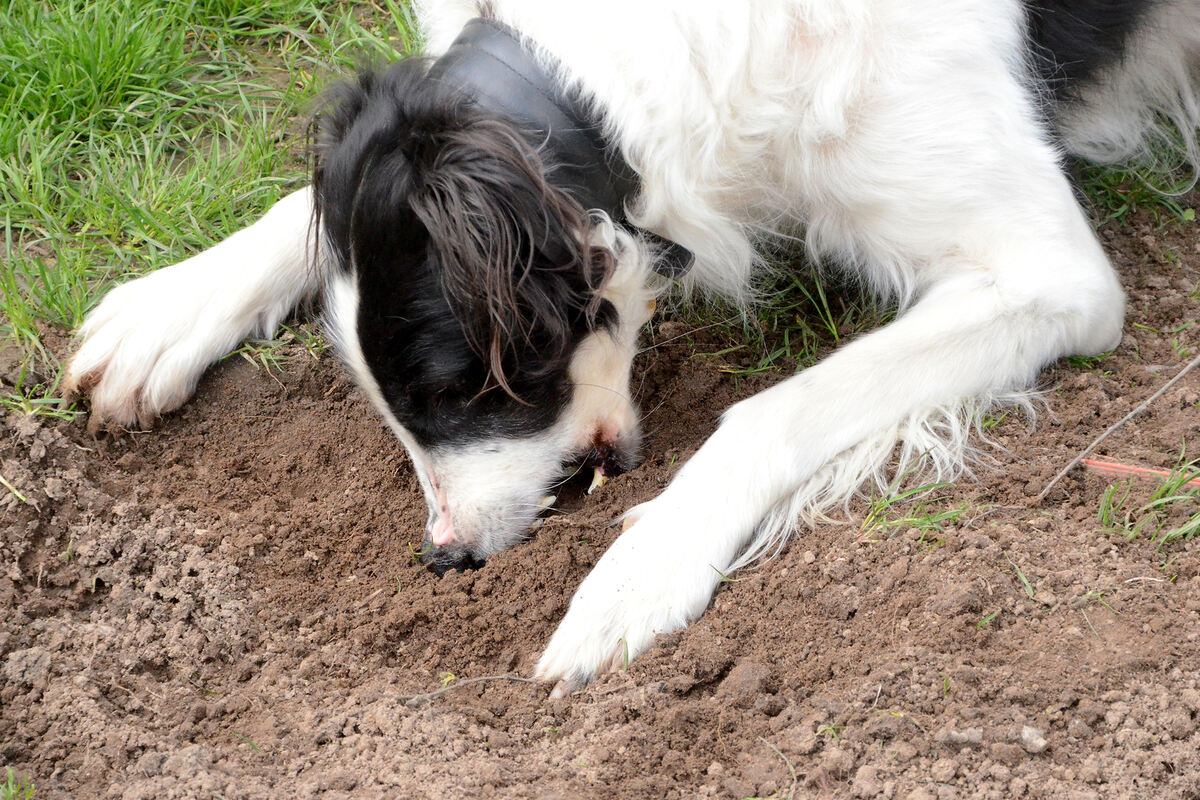
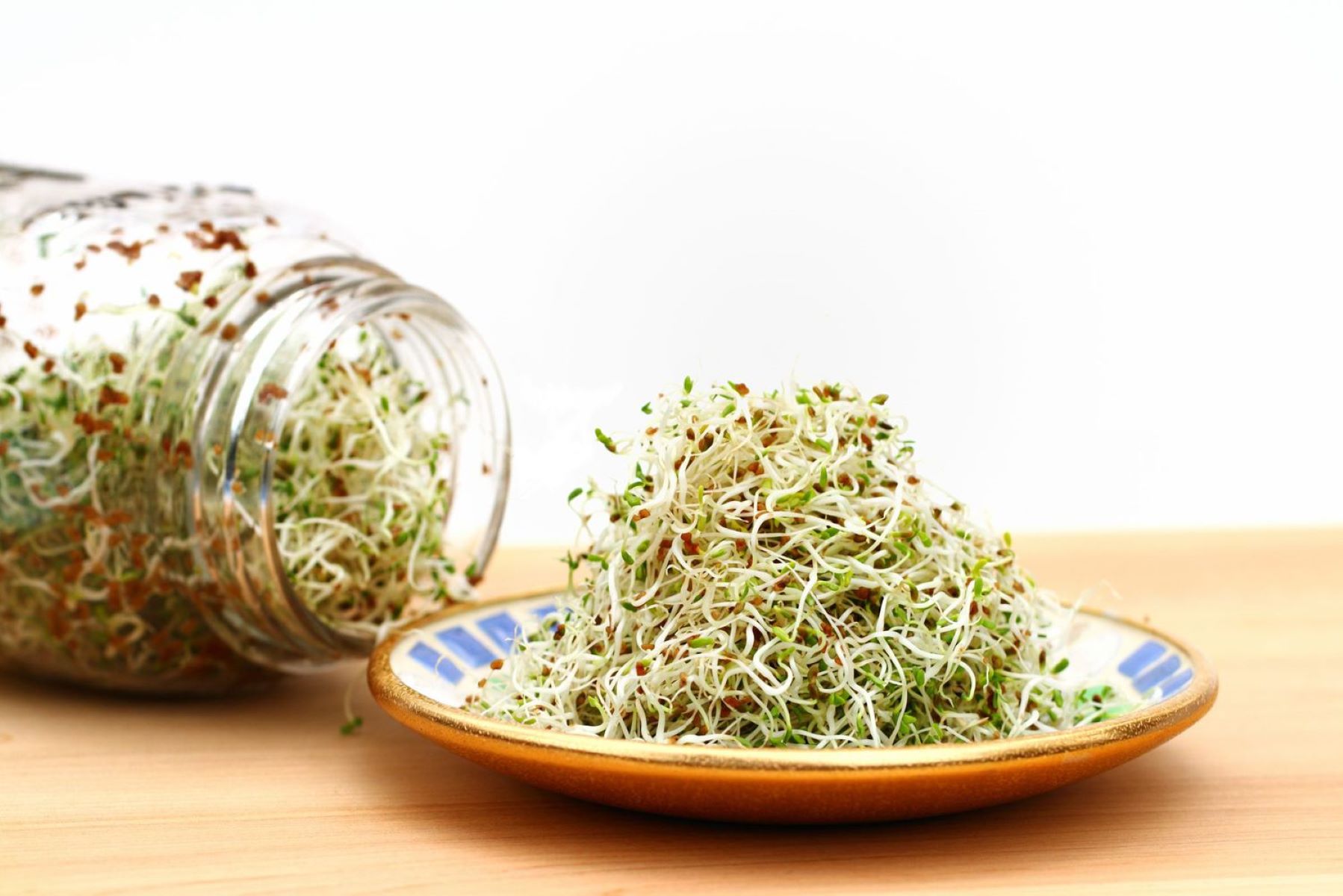
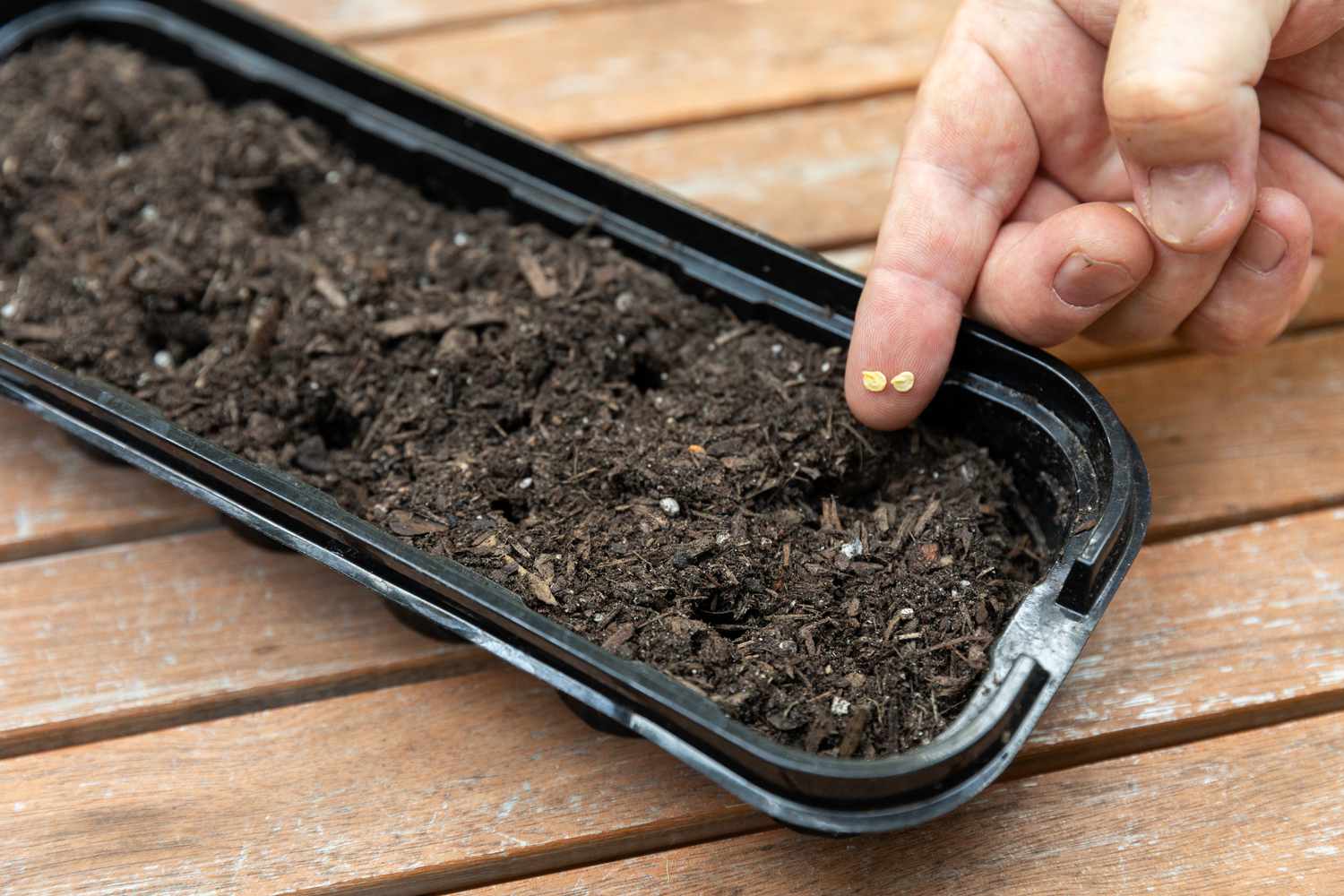

0 thoughts on “How To Plant Grass Seeds On Dirt”